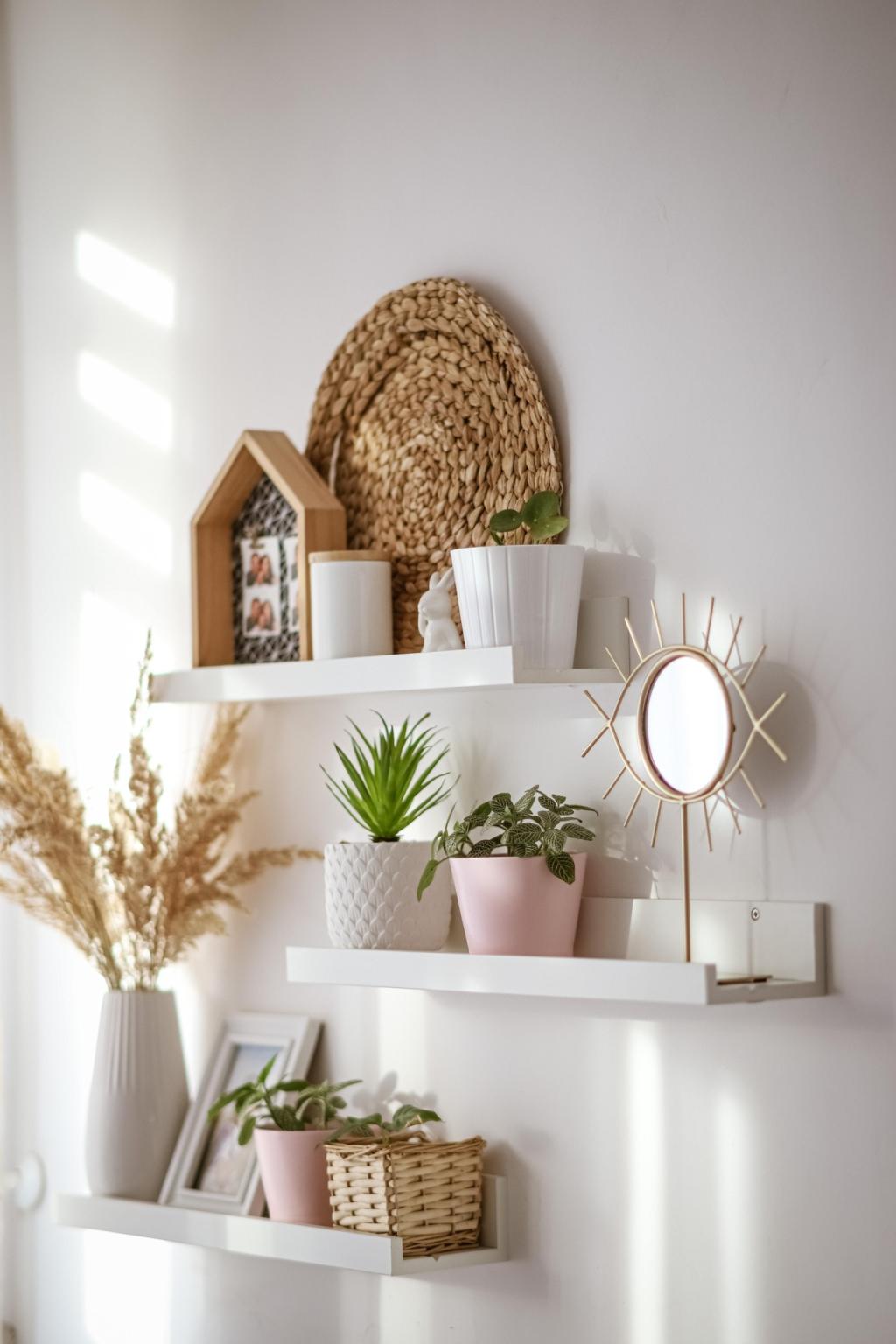
Non-Toxic Paints and Finishes for Interiors: Breathe Easy, Live Beautifully
Chosen theme: Non-Toxic Paints and Finishes for Interiors. Step into a healthier, happier home where color inspires and air stays clean. We’ll share practical guidance, honest stories, and science-backed tips to help you choose safer coatings without sacrificing beauty. Join the conversation, subscribe for fresh ideas, and tell us what room you’re transforming next.
What Makes Paint Non-Toxic?
Volatile Organic Compounds (VOCs) evaporate into indoor air long after paint dries, affecting comfort and indoor air quality. Non-toxic paints minimize or eliminate these emissions. Look for products tested for total VOCs over time, not just at the point of sale. Share your questions about off-gassing, and subscribe for our VOC reading guide.
What Makes Paint Non-Toxic?
Low-VOC labels can still hide problematic additives like certain coalescents, preservatives, and fragrances. Fragrance-free formulas often reduce sensitizers. Review ingredient disclosures and ask brands about amines, APEs, formaldehyde donors, and ammonia content. Comment with any confusing label you’ve seen, and we’ll help decode it in a future post.
Certifications and Labels You Can Trust
Greenguard Gold focuses on low emissions, especially for sensitive spaces like schools. Cradle to Cradle evaluates material health and circularity. EU Ecolabel sets limits on hazardous substances and performance. Combine certifications for a fuller picture. Tell us which label you rely on, and we’ll compare criteria in an upcoming newsletter.
Certifications and Labels You Can Trust
“Low-VOC” allows some solvents; “Zero-VOC” usually means under 5 g/L, excluding colorants in some regions. “Zero-emission” claims refer to measured indoor air emissions after application. Always verify test methods and time frames. Drop a comment if you’ve noticed colorants changing VOC numbers in your paint store.

Choosing Colors and Sheens the Non-Toxic Way
Soft greens, gentle blues, and warm neutrals can create soothing interiors while showcasing the clarity of cleaner formulations. Non-toxic paints often deliver beautiful depth when layered thoughtfully. What mood are you aiming for—energizing mornings or quiet evenings? Share your palette ideas and we’ll suggest low-emission combinations.
Higher sheens resist stains but sometimes rely on harsher additives. Many modern non-toxic lines balance scrub resistance with safer chemistry. Test eggshell or satin for family spaces and matte for ceilings. Tell us about your lifestyle needs, and we’ll help match a sheen that stays healthy and hardwearing.
Use stick-on swatches, sample boards outdoors, or mini test pots with windows open and fans exhausting air outside. Keep doors closed to unaffected rooms. Document color in morning and evening light. Post your swatch photos, and subscribe for our step-by-step sampling checklist tailored to non-toxic paints.
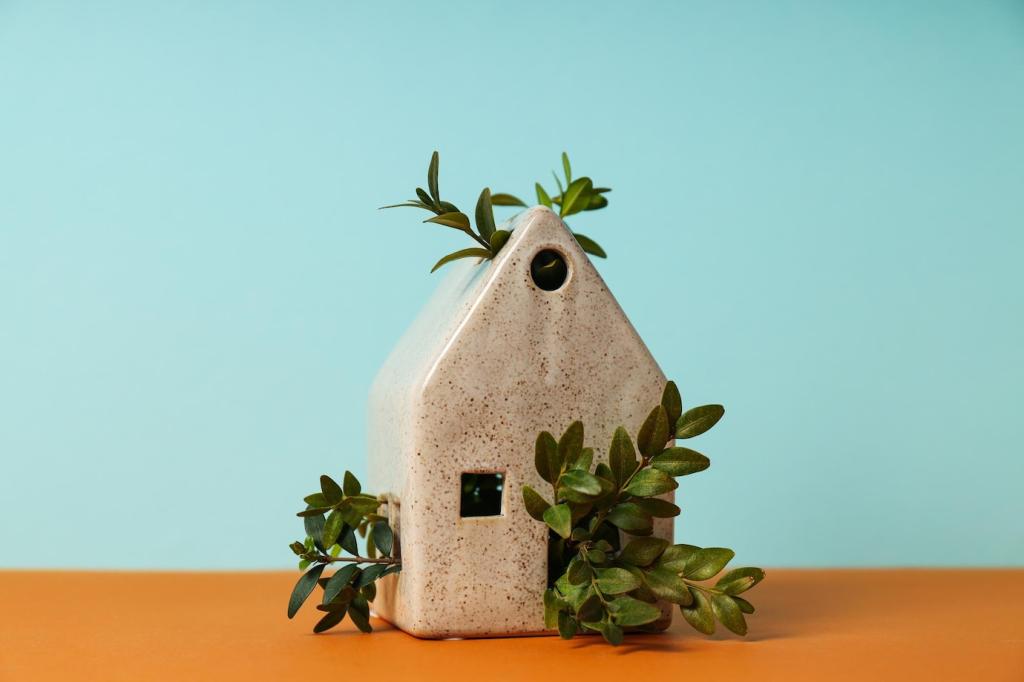
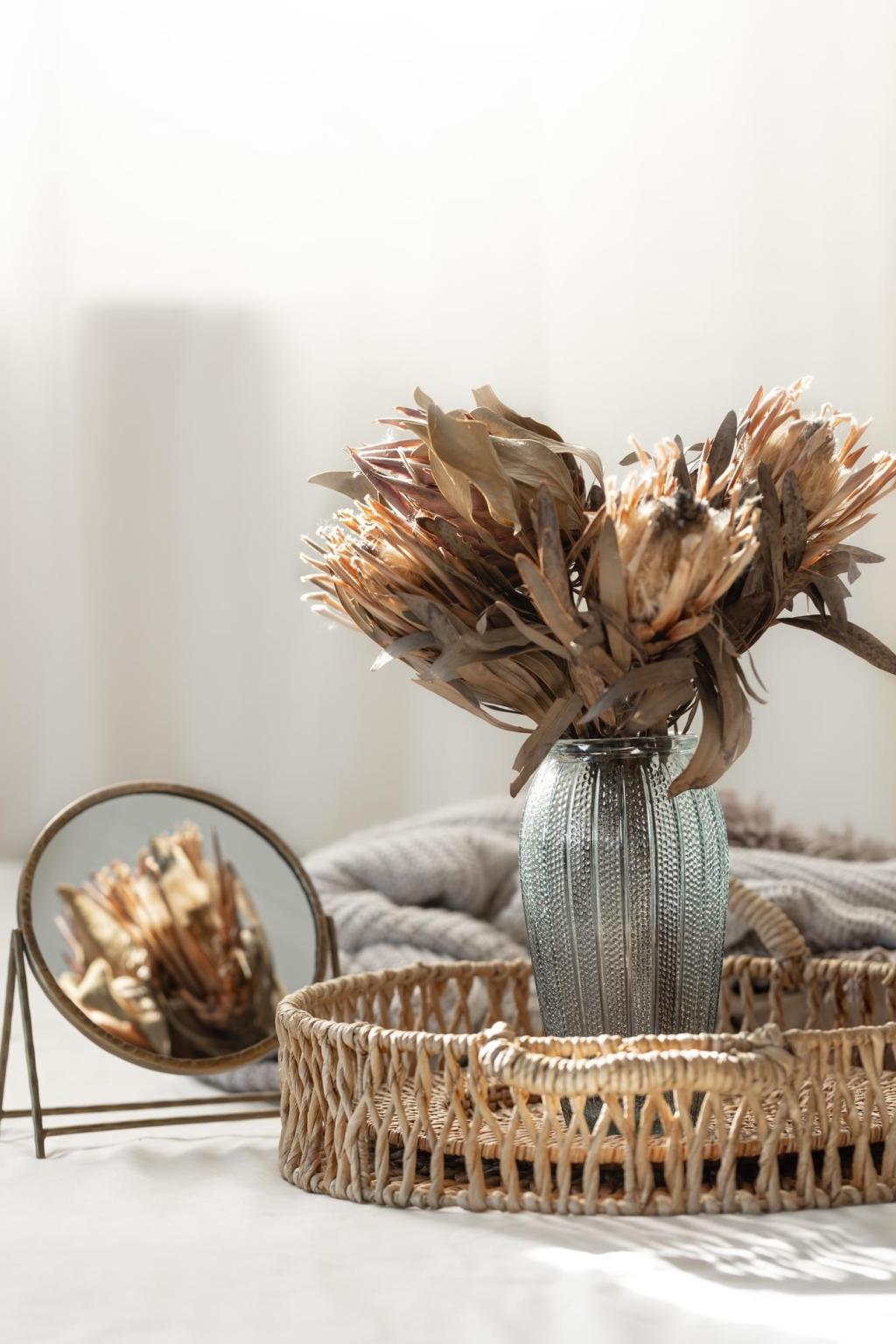
Prep: Capture Dust, Protect Lungs
Contain dust by lightly misting surfaces before sanding, using a HEPA vac, and sealing doorways with removable film. Wear a well-fitted mask during prep, even when paints are low-emission. Share your prep routine in the comments to help others reduce mess and maintain a healthy home.
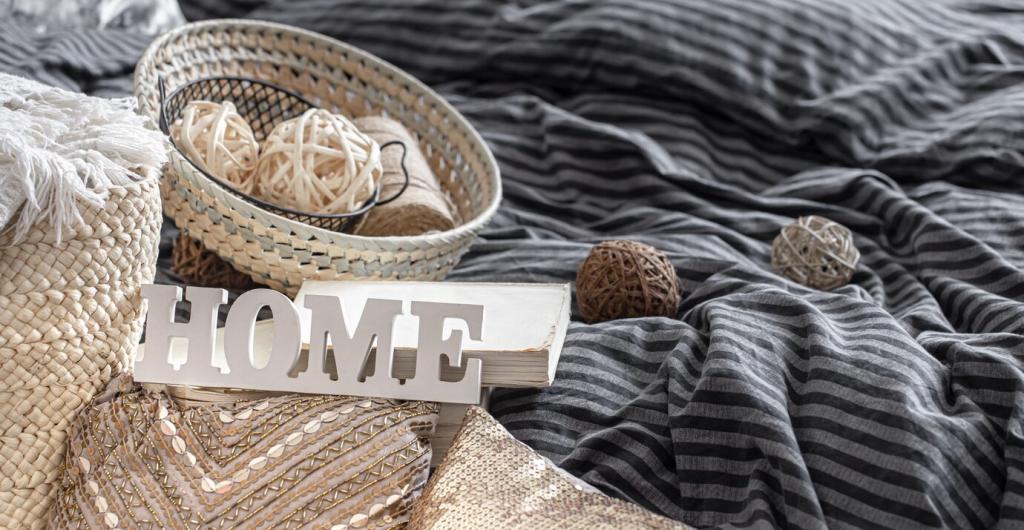
Primers: Stains, Tannins, and Adhesion
Choose water-based, zero-VOC primers for most surfaces. For tricky stains or tannin bleed, try targeted spot-priming and allow extended dry time. Always test on a small area first. Ask your questions about specific substrates below, and we’ll crowdsource solutions from experienced, non-toxic DIYers.
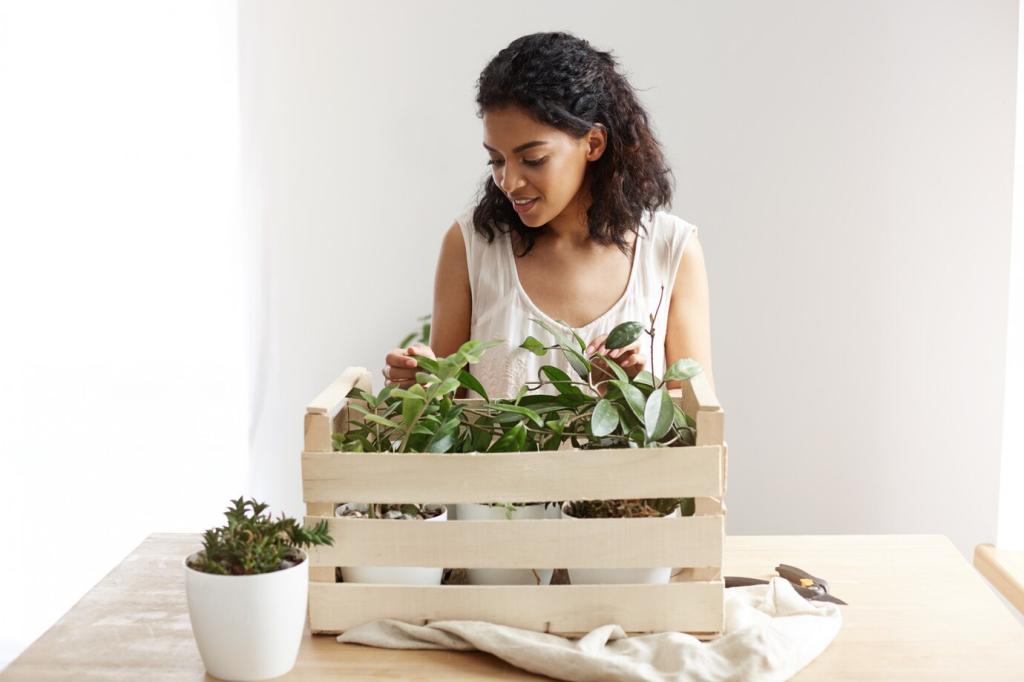
Drying, Ventilation, and Safe Re-entry
Promote airflow with cross-ventilation and box fans exhausting outdoors. Extend dry and cure times in cool or humid conditions. Wait until any detectable odor fades before heavy occupancy. Share your ventilation setup, and subscribe for our printable timeline that supports low-emission paint schedules.
Natural Finishes: Limewash, Clay, and Milk Paint
Limewash: Mineral Depth with Gentle Chemistry
Limewash creates layered movement and a matte, cloud-like finish. Its naturally alkaline chemistry offers durable beauty with minimal additives. Surface prep and multiple translucent coats are key. Post your limewash before-and-after photos, and we’ll feature standout projects in our next non-toxic makeover roundup.
Clay and Earth Plaster: Breathable Beauty
Clay finishes can help buffer indoor humidity swings and deliver rich, tactile surfaces. Many formulas use simple, mineral-based ingredients. Practice on a sample board to refine trowel technique. Tell us which wall you’d try first, and subscribe for our tutorial on easy, beginner-friendly clay applications.
Milk Paint and Plant Oils: Classic and Clean
Traditional milk paint blends casein, lime, and pigments, producing a softly mottled charm with low emissions. Plant-based oils and hardwax finishes protect wood without heavy solvents. Always test for compatibility and desired sheen. Share your furniture rescue story using non-toxic finishes and inspire fellow readers.
Symptoms Sparked a Change
After moving in, the parents noticed lingering odors and mild headaches when the room warmed up. They paused decorating, researched non-toxic options, and decided the nursery was the perfect place to start fresh. Have you faced similar concerns? Share your story to support other families starting out.
Choosing Paints and Finishes with Care
They selected a zero-VOC, fragrance-free wall paint with Greenguard Gold certification, a water-based primer, and a plant-oil finish for the crib. Colorants were verified low-emission. They scheduled painting on breezy days and ventilated continuously. Comment if you want their exact product questions to ask at the store.
After the Makeover: Fresh Air and Calm
A consumer-grade monitor showed lower total VOCs a week after curing compared with baseline. The soft sage walls felt soothing at bedtime, and cleanup was simple. The family now plans a non-toxic kitchen refresh. Subscribe to follow their series and pick up their room-by-room planning checklist.

